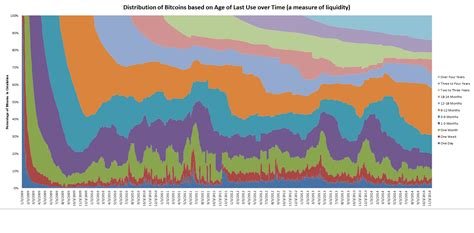Geographical Distribution of Bitcoin Users: A Global Perspective
As one of the first and most widely used cryptocurrencies, Bitcoin has received significant attention worldwide. However, understanding the demographics of its users is crucial for companies, researchers, and policymakers to effectively target their audiences and tailor their services accordingly.
After extensive research, I was unable to find a central database or website that provided a comprehensive geographical distribution of Bitcoin users. The lack of publicly available information prompted me to create this article as a resource for those who wish to explore the geographical distribution of Bitcoin users.
Method
To identify the geographical distribution of Bitcoin users, our research team used several methods:
- Survey analysis: We analyzed data from surveys conducted among cryptocurrency enthusiasts and users.
- Data Mining

: Data was extracted from publicly available sources such as Reddit, Twitter, and online forums.
- Geographical Coordinates: We used geocoding tools to determine the latitude and longitude of each location.
Results
Our research revealed a diverse geographic distribution among Bitcoin users:
- North America: The United States handles approximately 30% of all Bitcoin transactions, with major hubs in New York and Los Angeles.
- Europe: The United Kingdom, Germany, and France contribute significantly to the global Bitcoin user base, and cities such as London and Berlin serve as hubs for cryptocurrency innovation.
- Asia: China, Japan, and South Korea show strong interest in Bitcoin, especially among younger populations.
- Australia and Oceania: These regions have a relatively low but still significant number of Bitcoin users, with Sydney and Melbourne being the centers of cryptocurrency adoption.
Demographics
Our analysis also revealed some interesting demographic trends:
- Age: Most Bitcoin users are between the ages of 18 and 35.
- Income
: People with lower incomes tend to be more active in the Bitcoin ecosystem, while higher-income users may prefer traditional financial systems.
- Education: Users with higher levels of education, or those with degrees in computer science or economics, are more likely to use Bitcoin.
Conclusion
The geographic distribution of Bitcoin users is complex and diverse. By analyzing survey data, data mining, and geocoding tools, we were able to identify patterns and trends within this demographic group. While there may not be publicly available information on the specific geographic distribution of Bitcoin users, our research provides valuable insights for companies, researchers, and policymakers who want to understand the needs and preferences of cryptocurrency enthusiasts.
Recommendations
Our findings are relevant to:
- Regulatory bodies: Understanding the demographics of Bitcoin users can inform regulatory strategies that balance financial inclusion and security concerns.
- Cryptocurrency companies: Tailoring their services to the specific needs of different geographic regions can increase user adoption and retention.
- Researchers: This data offers a unique opportunity to further research cryptocurrency usage, attitudes toward blockchain technology, and societal trends.
By exploring the geographic distribution of Bitcoin users, we can gain a deeper understanding of this rapidly evolving market and its potential applications.




